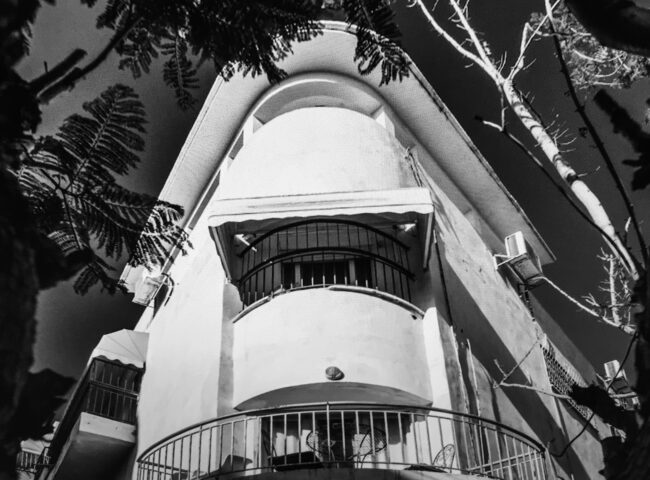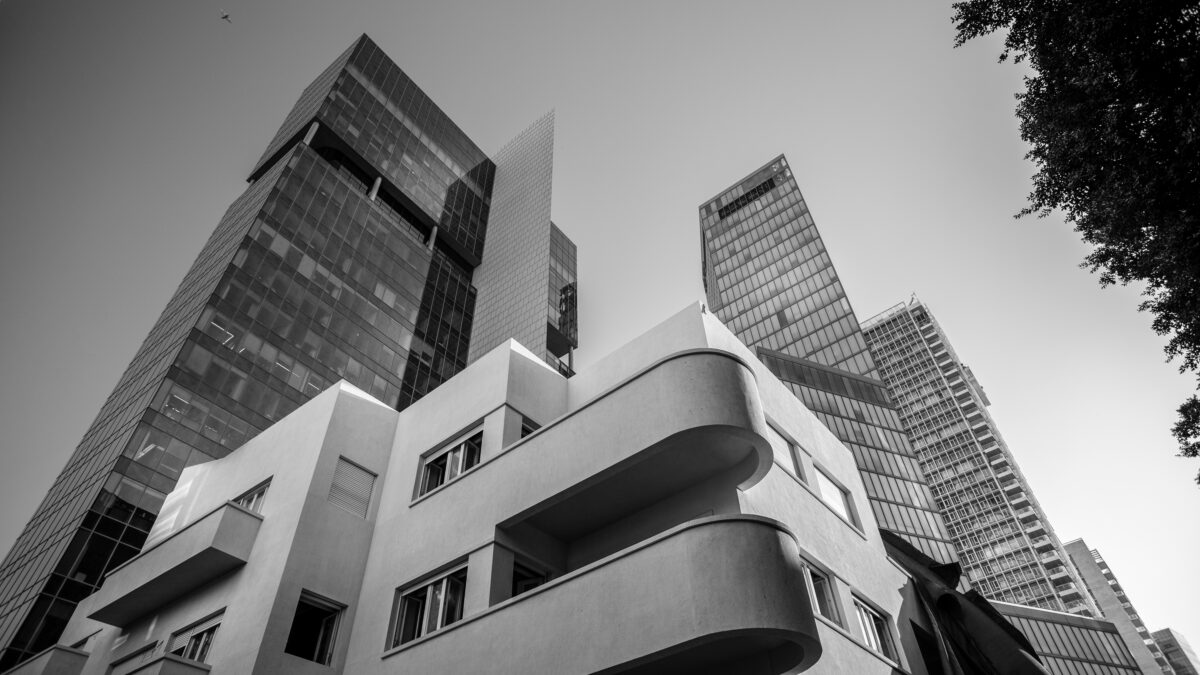Tel Aviv, Israel’s lively and exuberant city on the shore of the Mediterranean Sea, has the distinction of possessing the world’s largest concentration of Bauhaus buildings.
Bauhaus architecture, the forerunner of the modern International style, emerged in Germany in the 1920s and fell out of favor after the Nazi seizure of power in 1933. Driven out of Germany, some Jewish architects partial to the Bauhaus school immigrated to Palestine, a League of Nations Mandate governed by Britain. In Tel Aviv, where most of them settled, they designed numerous Bauhaus buildings, which are synonymous with simplicity and practicality.
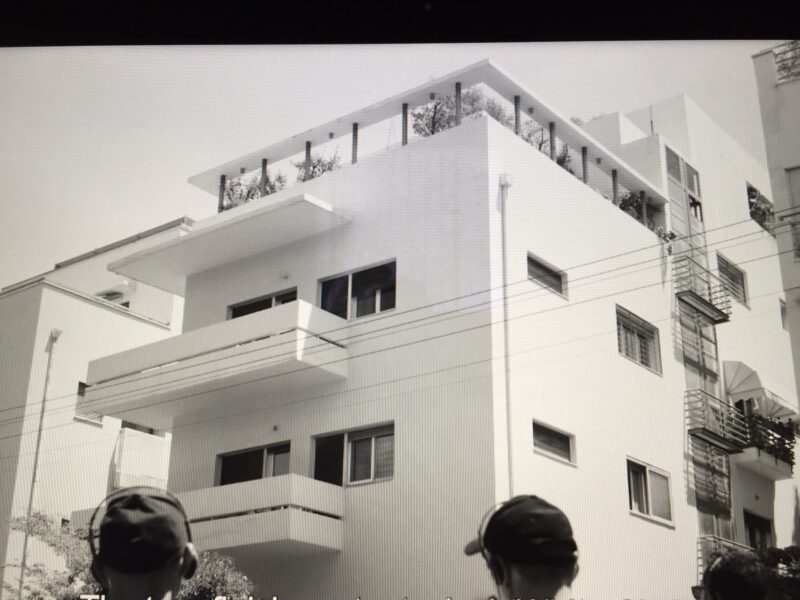
Marcel Pins, a Dutch filmmaker, explores this facet of Tel Aviv’s development in his fascinating documentary, City of Desire, which will be screened online by the Toronto Jewish Film Festival on June 1.
By his estimate, 4,000 to 6,000 International/Bauhaus buildings were erected in Tel Aviv in the 1930s, when its population grew exponentially due to an influx of European Jewish refugees fleeing fascism and economic stagnation. Unfortunately, Pins barely mentions their names.
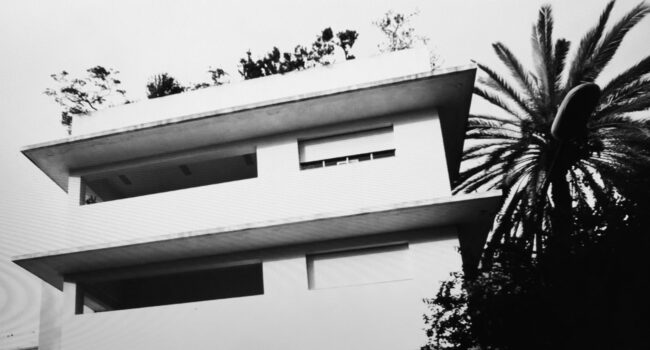
An admirer of this streamlined architectural style, he dwells lovingly on these white, well-proportioned structures, which represent the spirit of modernity and which facilitated Tel Aviv’s transformation from a provincial backwater to a sophisticated and cosmopolitan metropolis unafraid of the avant-garde.
The city’s architectural history is discussed by several Israeli architects, who express admiration for its openness to and acceptance of the Bauhaus/International styles.
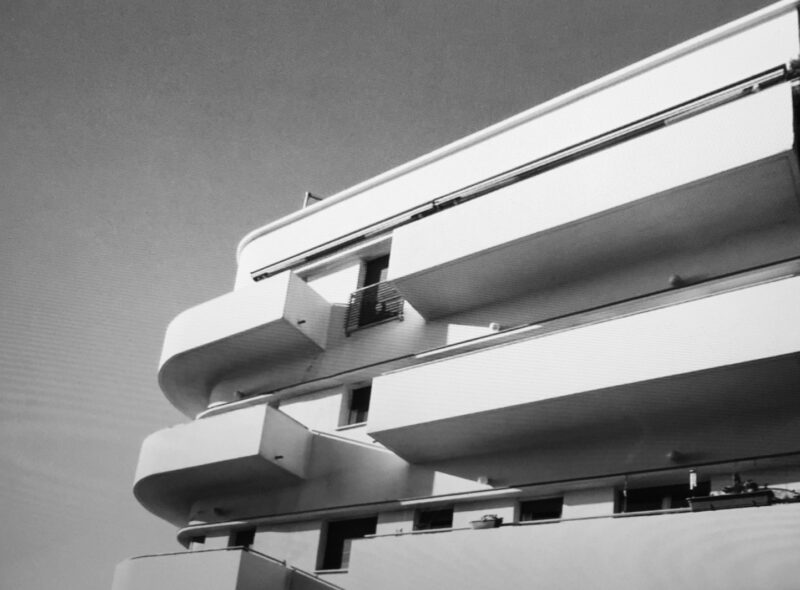
Created as an all-Jewish city in 1909, Tel Aviv was the incarnation of Theodor Herzl’s dream of a city that incorporated elements of the old and the new. Herzl, the Hungarian-born Austrian journalist who founded the modern Zionist movement in the late 1890s, was animated by the vision of a progressive Jewish state in what was then an Ottoman Turkish province.
Although he never lived to see Tel Aviv, he probably would have been pleased by its dynamism, if not its architecture. Since its founding, Tel Aviv has been in constant flux, a work in progress, a permanent construction site, if you will.
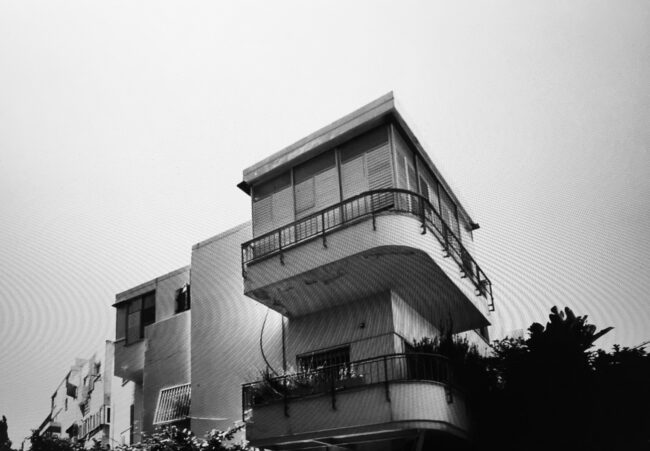
Tel Aviv’s marvellous collection of Bauhaus/International buildings, known collectively as the White City, has earned it special status as a UNESCO World Heritage site. According to Pins, the late Israeli singer Nomi Shemer gave the White City its unique name in the mid-1950s. But it was left to Israeli historian Micha Levin to popularize Tel Aviv as the White City. In 1984, he was instrumental in organizing a seminal exhibit about its architecture.
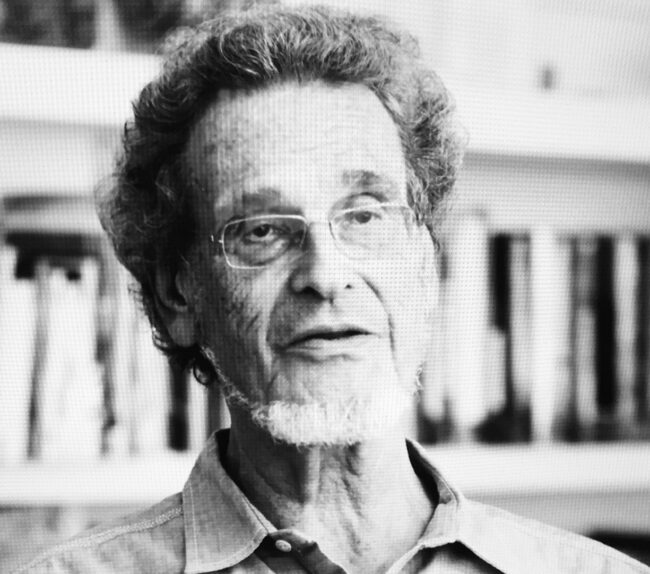
As Pins explores Tel Aviv’s nooks and crannies, he pauses at two places that are intimately bound up with the Bauhaus and International expressions of architecture: Dizengoff Square, which in recent years has been restored to its previous splendor, and Rothschild Boulevard, a lovely, tree-lined thoroughfare.
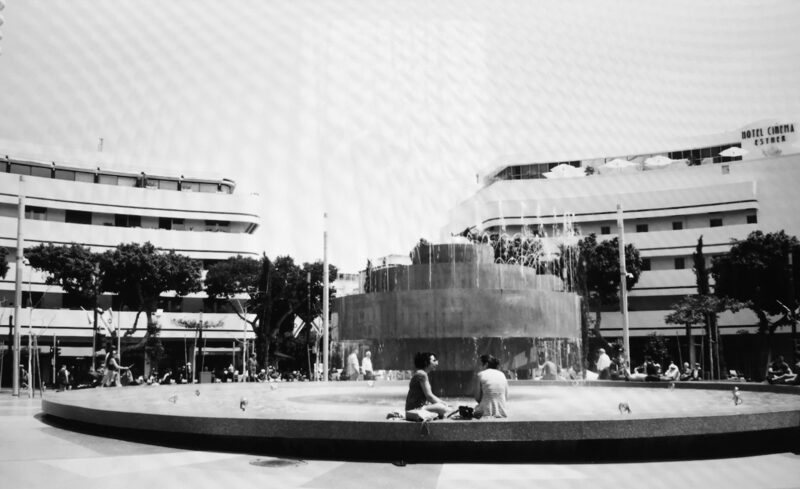
Pins is also struck by the austere beauty of the Esther Cinema, whose facade is really a work of art.
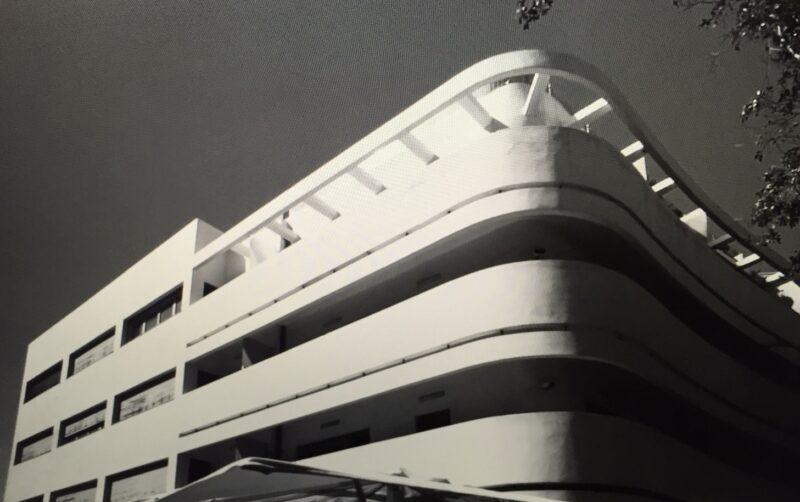
Many of these buildings are bereft of their original balconies, which were closed off in the 1950s, when Israel was inundated by waves of new immigrants in need of housing. Starting in 2003, the majority of the structures were renovated, with extra floors and extensions often being added. As far as Pins can ascertain, only 20 percent of them have not been refurbished.
In City of Desire, he paints an expressive picture of an alluring architectural brand that is inextricably associated with Tel Aviv, the glowing White City in the Middle East.
